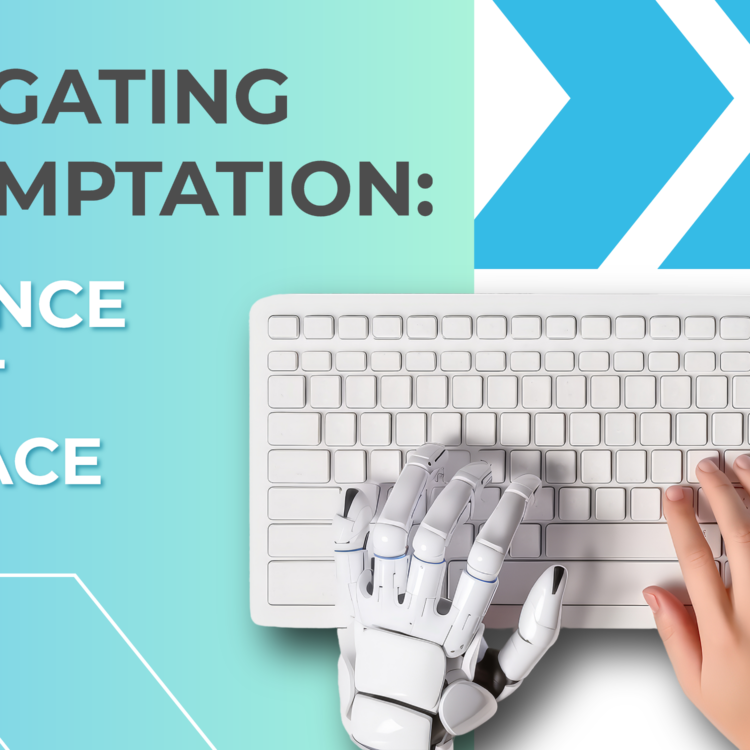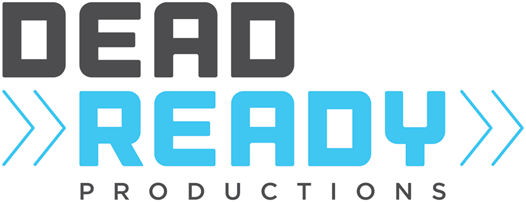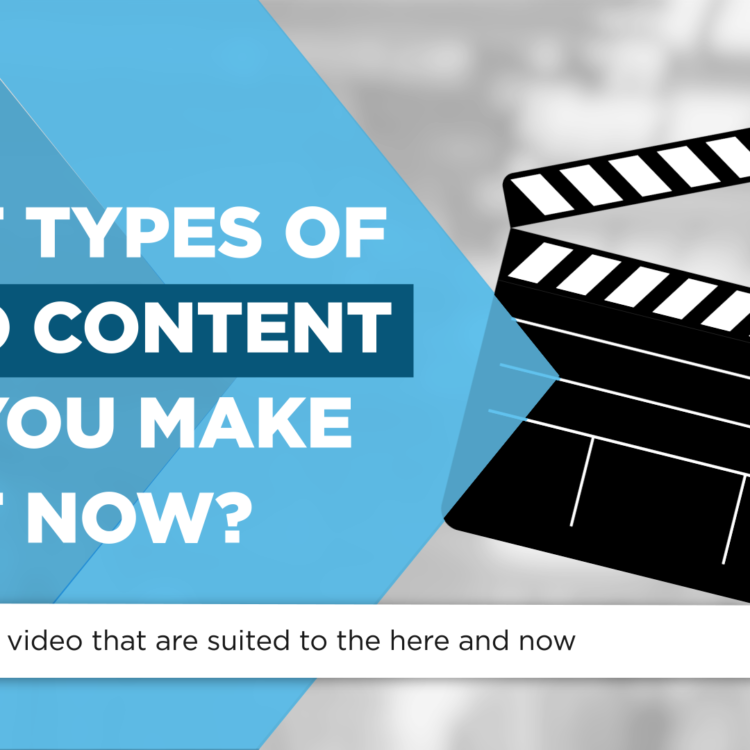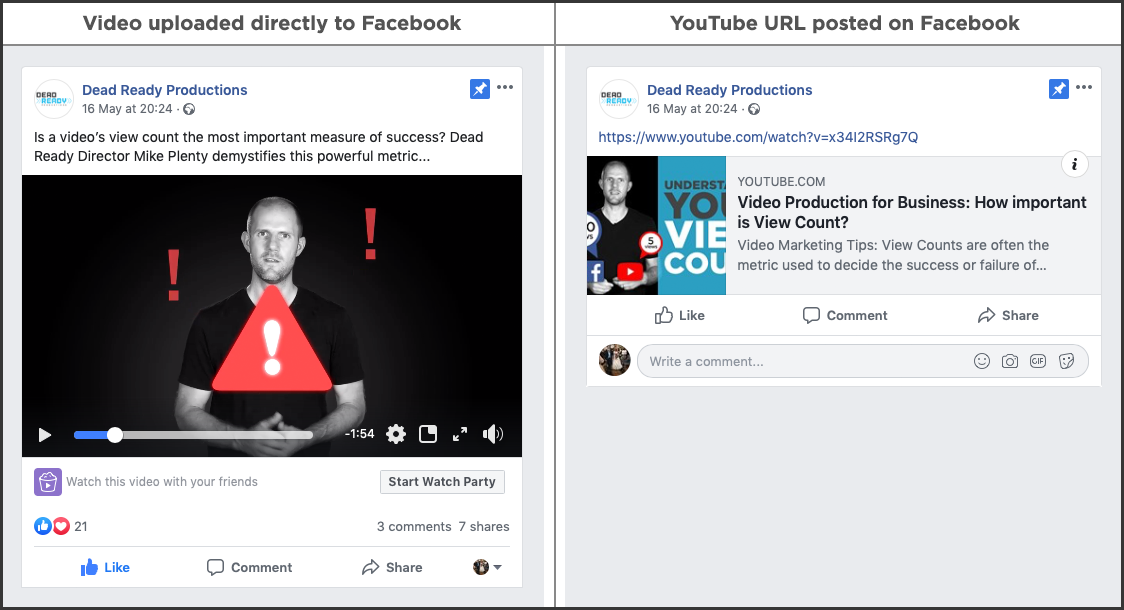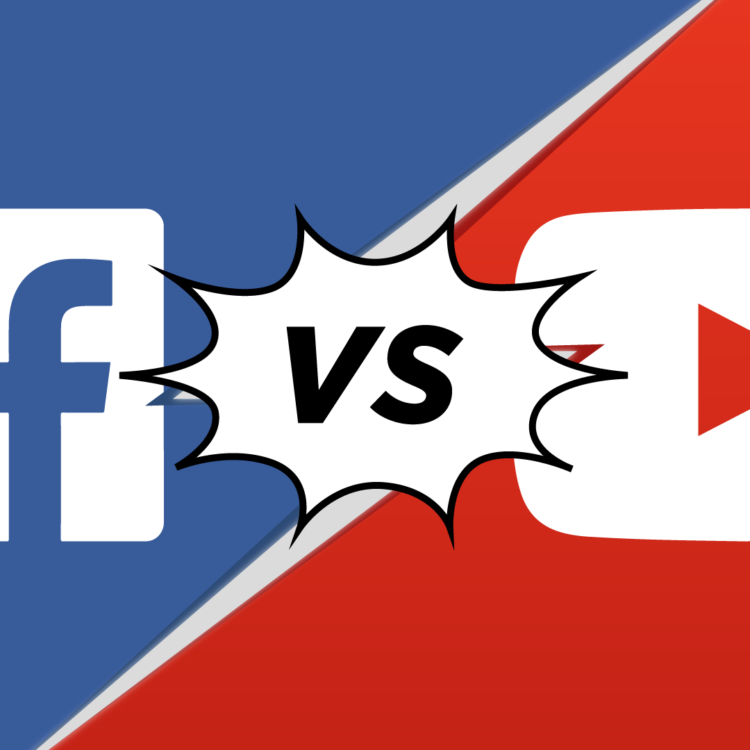Navigating AI Temptation: Enhance, Don’t Replace
The temptation to use AI in content production, whether it’s Google’s VEO 3 for AI video generation, ElevenLabs for AI voiceovers, or ChatGPT for blogs (ahem), is greater than ever. The tools are increasingly accessible and, due to their ease of use, it’s easy to let these tools just create the content for you – especially as your clients and their audience are ever-hungrier for more content. But it’s important to strike a balance. Where’s the line between creative uses of AI to enhance your work, and creative dilution, where human inspiration is entirely replaced by generic AI algorithms?
The problem with fully AI-Generated content
The main problem with 100% AI-generated content is that it fogs viewers’ feeds with indistinct material that feels repetitive and formulaic. If you’ve created a 100% AI-generated video it’ll get lost in the noise. Platforms like Google are growing wise to it – they can detect when something is AI-generated. This matters because if content looks low-effort or generic, search engines may treat it as unhelpful . That means your content could rank lower and get less visibility, and ultimately miss its audience. But how?
How AI Images and Videos are tagged
Video and image generators are tagging their content in subtle, invisible ways – like a QR code spread over the entire image, but done so you can’t see it. And because it’s embedded across the whole image, it can’t be cropped out or removed without wrecking the image or video itself. So even if the content comes out flawlessly, it may still be flagged as synthetic and unhelpful and potentially be de-monetised or ranked lower.ranked lower.
How AI Voiceovers can be watermarked
AI voiceover is similar. ElevenLabs has its own watermarking system – subtle, repeating timed patterns that are inaudible and sound 100% normal to us. So even if a voiceover sounds natural, platforms can still detect it as synthetic, which can run you into similar problems.
Why detecting AI-Generated Blogs is more complicated
Detecting AI-generated text is much more complicated as there’s no ‘watermark’, per se. Instead, platforms look at patterns in the writing itself. For example, AI may choose specific words more frequently across a long article; these patterns can start to signal AI involvement.
How Google automatically demotes low-quality content
Google (including YouTube) has opted for a quality rating guideline to assess content and determine how highly it ranks. They look for overuse of generic words, repetition in phrasing, low click-through rate, and other signals that indicate people aren’t engaging. YouTube is reinforcing the rule that “original and authentic content is monetisable.” They’re aiming to demonetise mass-produced, repetitive, low-effort content.
All of this doesn’t just make Google say, “This is AI, put it at the back of the line.” It looks for consistency, patterns, and whether the source is trustworthy over time. And with being able to see if any content is 100% AI-generated, it’s important to add that extra bit of value and human touch to make your content stand out as high quality, high effort, even if AI was used somewhere in the pipeline. It’s clear that what Google cares about most is whether the content is helpful, not whether it’s AI.
Where we stand: AI-assisted, not AI dependent
At Dead Ready, we use AI to improve speed, flexibility, and help our workflow, not to create content for us without any creative input. Every piece we produce relies on human insight, brand voice, storytelling and clients’ needs. That’s the soul of what we do.
Smart ways to use AI in video
Have an idea for video content? Write down all your points as bullet points and ask a text model to help turn your thoughts into a draft script. You can even ask it to consolidate the information to hit a specific length, if you only want a two-minute video, it’s perfect for that.
Want to show an image of people enjoying your very specific brand of crisps, but stock imagery just isn’t cutting it? Generate the image as an asset to be crafted and weaved into your video by your production company.
Recorded a video where your speaker accidentally said the wrong stat? AI voiceover can step in to correct the error and keep the energy of the original delivery.
And as there are multiple ways to detect AI-generated content, the best way to stand out is to cut through AI noise. Although the temptation is there to let AI do all the heavy lifting, it should be used to enhance, and not replace, great storytelling. That’s how you create something worth watching.
